- hogar
- Low Voltage Inverters
- Blunt phenomenon in AC90 torque control operation caused by encoder feedback signal
Fault Name:
Blunt phenomenon in AC90 torque control operation caused by encoder feedback signal
Fault Symptom:
AC90 was set to torque control in PG mode, but stop while blunting in operation.
Cause:
The encoder feedback signal is abnormal.
Solutions:
Judge where the problem lies:
Change the control mode to speed control, run separately in the PG vector and PG-free vector mode, and observe the running state of the motor in the high, medium and low frequency segments. If both are normal, the initial judgment is the torque mode. Parameter setting problem, if there is no normal PG vector mode, and there is vibration, creep or current in the PG vector mode, it is suspected that there is a problem in the feedback signal of the encoder;
If it’s parameter problem, then adjust the parameters;
Judgment of the signal feedback link of the encoder;
The processing of the encoder signal feedback problem (processing principle - from simple to difficult)
Open the motor back cover, confirm the encoder pulse number, power supply voltage level, line number labeling, and check whether the encoder coupling is intact, and whether the motor connection end screws are tightened, whether the encoder installation concentricity is reasonable (this item is In addition to static observation, the motor can be operated to observe whether the encoder has twisted up and down and left and right. If there is, the installation concentricity is not closed, which is easy to cause the encoder signal to be lost.
Check whether the F5.16PG weekly pulse number setting is consistent with the encoder calibration. Whether the power supply voltage level of the PG card meets the needs of the encoder, whether the encoder is marked on the PG card terminal and the encoder is consistent;
Under the premise that the above external exclusion may be ruled out, basically the following three problems can be determined, the encoder is damaged, the PG card is damaged, and the signal is interfered. These three problems are generally eliminated at the scene due to insufficient testing equipment conditions. The method is to replace the PG card first, the problem is not solved, and then the encoder is replaced. If the problem is still not solved, the reason basically comes down to the encoder signal interference problem;
Processing of encoder signal interference;
1) Is the encoder cable a shielded cable? If it is a shielded cable, it is grounded or not?
2) Whether the encoder cable is in the same pipeline as the power line, or is laid in parallel with the power line for a long distance;
3) Whether there are frequent start and stop of large equipment such as large electric motors and electric welders;
4) Decrease whether the carrier frequency of the inverter can improve the operation effect of the motor in the PG speed mode;
5) If the field is an open collector output encoder, it is recommended that the customer replace the differential output encoder with better anti-interference effect;
If the encoder signal feedback problem is solved, in the PG vector speed mode, run the inverter, you can observe the C-29 parameters, and the PG feedback frequency and the inverter output frequency are basically the same.
Note: The on-site judgment of the encoder has always been a difficult problem due to the lack of measurement tools such as an oscilloscope. The following is a description of how the digital multimeter measures the incremental encoder. It is for reference only: the digital multimeter is adjusted to DC. Voltage file, respectively, to measure the relative ground voltage of the encoder A and the relative ground voltage of B (the encoder must rotate at the same speed), if one of the phase voltages is zero 0V, or always high level, then the encoder is sure it's broken. If the voltages of phase A and B relative to 0V (digital ground) are near half of the operating supply voltage, then the encoder should be intact.
Analysis:
(Draw from the application note of R&D, this part can solve the problem of the application debugger, but I don't know why): The PG vector control mainly relies on the real-time feedback signal of the motor encoder to control. Through the PG card hardware port connection, and then through optocoupler isolation, voltage conversion and finally converted into 3.3V signal to the DSP chip, before entering the DSP chip, first ensure the accuracy of the signal input, if there is signal abnormality or loss, that will affect the correct judgment of the inverter on the running state of the motor, resulting in operational failure.
 Global - English
Global - English Spanish - Español
Spanish - Español French - Français
French - Français Russian - Pусский язык
Russian - Pусский язык Chinese - 中文
Chinese - 中文 Korean - 한국어
Korean - 한국어 Vietnamese - Tiếng Việt
Vietnamese - Tiếng Việt
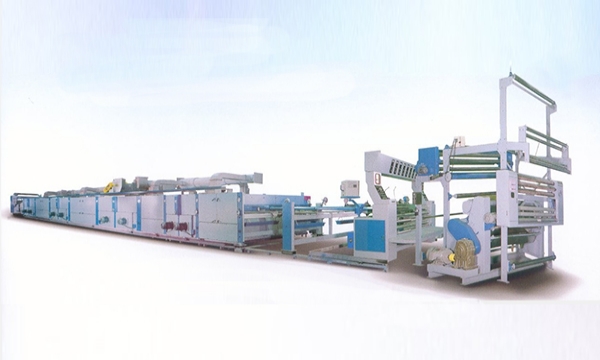
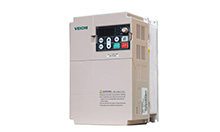
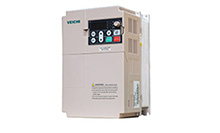
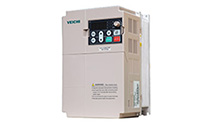
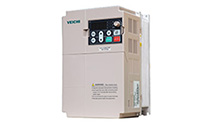
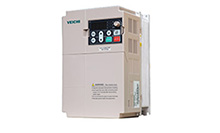
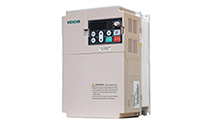
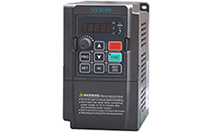

 Dejar un mensaje
Dejar un mensaje